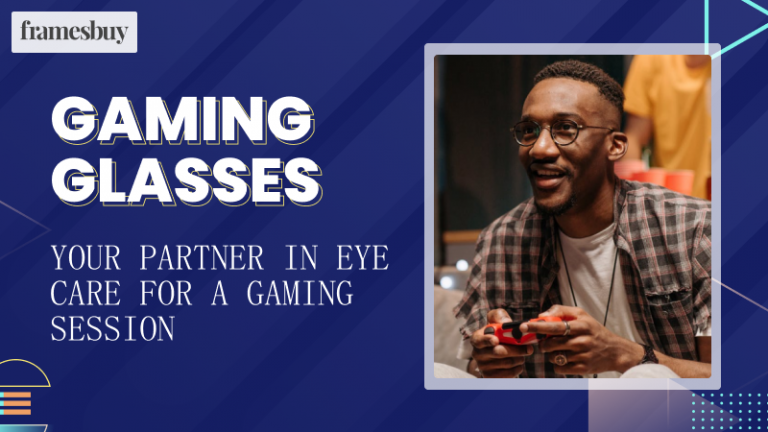A small bump or Stye (often called a hordeolum) may seem alarming, but it is often not serious as it looks and usually goes away in a few days with or without treatment.
The most common type of eyelid infection forms pimple-like bumps on the eyelashes that make your eye feel the pain. This pus-filled Stye is generally infectious and also makes you sensitive to light and your eyes watery.
Continue reading the article to know what are the causes of stye or bump on the eyelid, what are the signs and symptoms, how to get rid of a stye, and when is the time to visit the doctor.
What is Stye?
A stye is generally small bumps near the edge of the eyelid caused by the bacteria from the skin (usually staphylococci bacteria). Often filled with pus and pain, they are formed outside the eyelids, but in some cases, they do present on the inner part of the eyelid.
Types of Styes:
Styes are typically two types based on the place they are formed on the eye.
Internal Stye:
Present on the inside of the eyelid, an internal stye is a general redness on the visible part of the eyelid. The type of stye occurs due to infection of the oil gland.
External Stye:
An external stye is a pimple-like bump formed on the base of the eyelash that appears yellowish (because of pus formation) at the centre of swelling. They occur when an eye hair follicle gets infected.
Not usually takes more than a couple of days to disappear on its own, the annoying pain of stye can be relieved with proper care and home remedies.
What are the symptoms and signs of stye:
You may experience them all at once or some of them. The most common symptoms of a stye include:
- Scratching and sore eyes.
- Crusting on the eyelid margin.
- Pain on touching the infected area.
- Swelling on the eyelid and area around it.
- Increased tear production.
- Sensitivity to bright light.
- Small pus formation on the bump.
- Blurry vision.
- Burning sensation in the eye.
What causes a stye?
As discussed, styes are caused when the oil gland in or on the eyelid gets clogged, typically due to the presence of foreign material (say makeup, dirt, etc.). Moreover, sometimes infection of the eyelash follicle can also result in stye formation.
Some other risk factors of a stye are:
- Blepharitis: An individual with chronic redness or swelling on the eyelash.
- Meibomian gland dysfunction in people dealing with Seborrheic dermatitis, acne rosacea, or any other type of skin problem.
- History of a stye in one or both eyes.
- If you have diabetes or high cholesterol.
How to get rid of a stye and alleviate the pain:
Mostly, stye goes away on its own, however, to relieve the discomfort, heal them fast and prevent their occurrence, some home remedies help in getting rid of a stye.
Keep eye area clean:
Use warm water and mild tear-free soap to clean the eye area. Doctors often suggest using saline solution to wipe the area clean, break down the bacterial membrane and ensure eye drainage.
Say no to makeup:
Avoid wearing makeup until your stye clears up completely. As the use of cosmetics can delay the healing process and irritate the eye.
Apply the warm compress:
Several times a day and for a certain amount of time, frequent warm compress is an effective way to treat a stye.
But be sure to check the temperature of the water used and ensure it should not be too hot to irritate the eye even more.
Massage the area:
To soften, drain and unclog the tendered area of the eyelid, gently massage the spot with clean hands. But once the stye is drained, stop touching the area to avoid infection.
Avoid squeezing a stye:
It may be tempting to pop out stye as you do with pimples. Try to resist this urge and consider a warm compress or mild massage to drain and heal them naturally.
Apply antibiotic ointments:
Use over-the-counter antibiotic creams to heal the affected area of stye. Also, make sure you only use oral antibiotics for stye prescribed by doctors. Keep in mind that ointments for stye are to be used on the skin. So don’t use them on the eye.
Use gentle cleanser:
Wash your eyelid twice a day with a gentle cleanser to soothe the eyelid. Alternatively, you can also use mild baby shampoo or face wash to say goodbye to bacteria on the stye.
Use glasses over contacts:
If you use contacts, try wearing the glasses over the time you have the stye.
Are styes contagious?
They are non-contagious. You don’t have to worry about spreading the stye to others and into another eye unless certain conditions are met to avoid infections.
How long does it take to get rid of a stye?
A stye is commonly a one-off thing and typically takes 2 to 5 days to treat on its own with no vision complication. However, in some cases, it may last for a week and needs prompt treatment.
So, it’s always best to visit your doctor when it gets more painful and doesn’t go away after 5 days.
5 Tips to prevent stye:
While we have home remedies to treat and relieve the soreness of stye, it is always better to prevent it with healthy habits. The best way to prevent stye is by following these tips for good eye hygiene.
- Keeping eyelids and eyelashes clean.
- Washing hands with soap before touching eyes.
- Always remove makeup and contacts before sleeping at night.
- Avoid sharing towels, makeup, and eye masks with others.
- Taking a diet rich in omega 3 fatty acid to promote eye health.
Serious signs – When is the time to visit the doctor?
See your doctor when a stye gets more annoying, doesn’t go away within a couple of days and meanwhile, the home remedies are not relieving the soreness and scratchiness of the area.
A specialist doctor will better diagnose the problem that may be causing eye irritation and infection on the eyelid. and will make sure to recommend the proper medication and antibiotic treatment for stye and irritation.
Stye is generally formed in one eye at a time, but there can be a chance of their reoccurrence in the same or another eye. Make sure to visit the doctor regularly for the follow-up appointment until the stye goes off completely and practise good hygiene to reduce the risk of getting it back.







